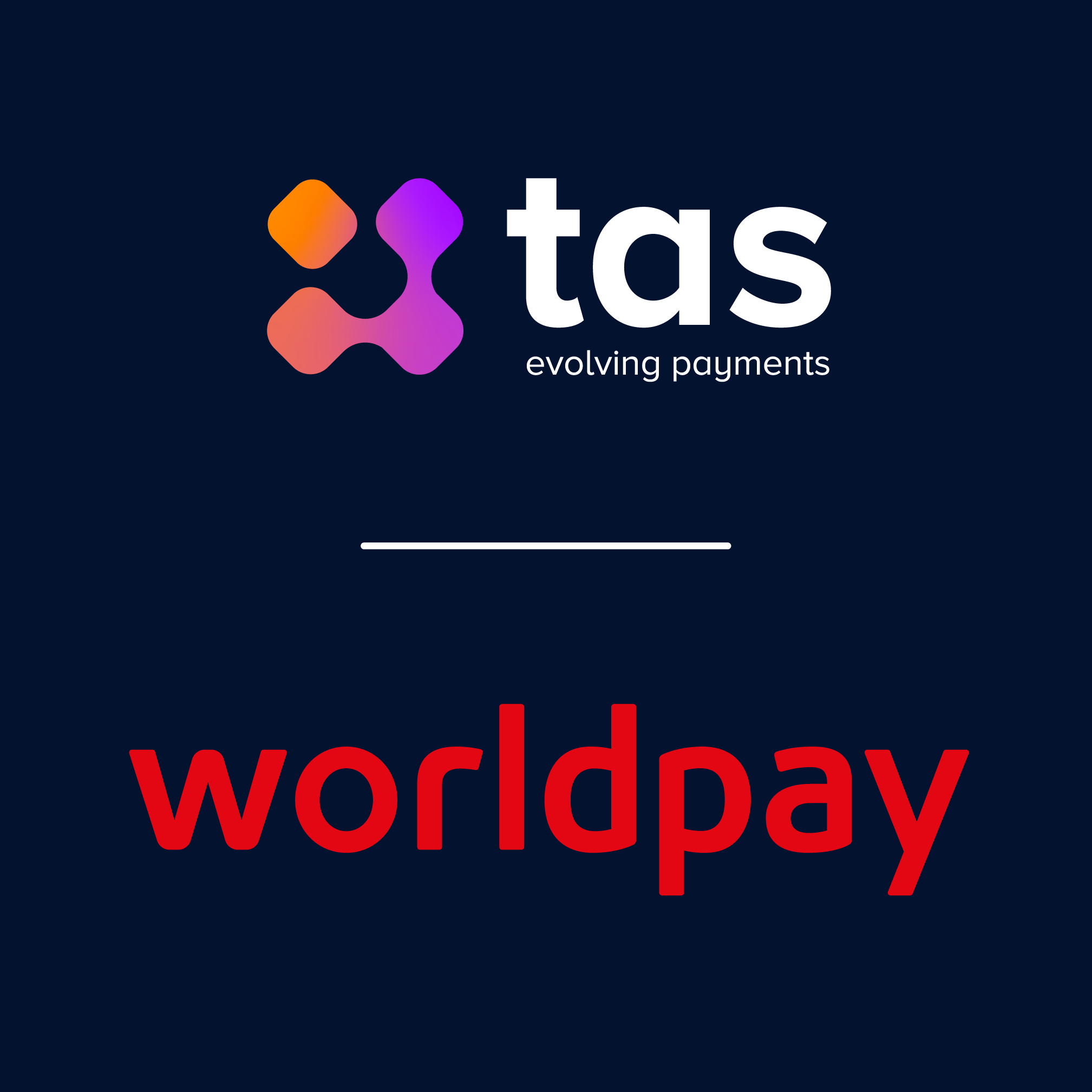Demystifying Card Issuing: Understanding the Process and Significance
The card issuing industry continues to evolve and adapt to changing consumer needs, technological advancements, and regulatory developments. Innovations such as digital wallets, virtual cards, and biometric authentication are reshaping the landscape of payment solutions. Card issuers are embracing these developments to enhance security, improve convenience, and deliver seamless user experiences. The future of card issuing holds in fact the promise of even more flexible, secure, and personalized payment options for consumers worldwide.
By understanding the significance and intricacies of card issuing, we would like to give a deeper appreciation for the convenience and opportunities that payment cards provide in our everyday lives. Whether it’s debit cards, credit cards, or prepaid cards, these little plastic rectangles enable us to make purchases, access funds, and enjoy a myriad of financial services. Behind the scenes, a complex process known as card issuing takes place and, in this article, we’ll demystify card issuing, shed light on its significance, and explore the key steps involved.
What is Card Issuing?
Card issuing refers to the process of creating and distributing payment cards to consumers, allowing them to access financial services and make transactions. The issuing entity, typically a bank or financial institution, produces and provides these cards to customers. Card issuing involves a series of steps, from application and approval to card production, personalization, and delivery. The ultimate goal is to provide users with a secure and convenient payment method that aligns with their financial needs.
The Significance of Card Issuing
Card issuing plays a pivotal role in the modern financial ecosystem, facilitating economic transactions and empowering individuals with greater financial flexibility. There are a few key reasons why card issuing is significant:
Payment Convenience: Cards offer unparalleled convenience, allowing users to make purchases both in-store and online, eliminating the need for carrying cash. With the rise of contactless payment technology, cards have become even more convenient, enabling swift and secure transactions with just a tap or wave.
Financial Inclusion: Card issuing promotes financial inclusion by providing individuals with access to banking and payment services, even if they don’t have a traditional bank account. Prepaid cards, for example, can be a viable solution for the unbanked and underbanked populations, enabling them to manage their finances, receive payments, and participate in the digital economy.
Security and Fraud Protection: Card issuers prioritize security, implementing various measures to protect users from fraud and unauthorized transactions. Features such as EMV chips, PIN verification, and tokenization enhance security and reduce the risk of card-related fraud. Additionally, card issuers often offer liability protection to shield customers from unauthorized charges.
Consumer Benefits: Card issuing entities frequently offer a range of benefits and rewards to attract and retain customers. These may include cashback programs, travel rewards, purchase protection, extended warranties, and access to exclusive events. Such perks enhance the overall value proposition of cards and incentivize card usage.
The Card Issuing Process
Now, let’s delve into the key steps involved in the card issuing process:
Application and Approval: Individuals apply for a payment card, typically through a bank or financial institution. The issuer evaluates the application based on the applicant’s creditworthiness, income, and other relevant factors. Upon approval, the process moves forward.
Card Production: Once approved, the issuer proceeds with card production. Modern payment cards are made of durable plastic and can be embossed or printed with the cardholder’s name and other essential details.
Personalization: To enhance security and customization, the card is personalized by encoding a unique magnetic stripe or embedding a chip. This allows the card to be associated with the user’s specific account and enables secure authentication during transactions.
Activation: Before the card can be used, it needs to be activated. This can be done through various channels, such as online activation portals, automated phone systems, or by contacting the issuer’s customer service.
Distribution: Once activated, the card is delivered to the cardholder. It can be sent by mail to the registered address or made available for pickup at a designated branch. The issuer ensures that appropriate measures are taken to safeguard the card during transit.
Usage and Management: Cardholders can now use their cards to make purchases, access funds, and enjoy the associated benefits. The issuer manages the cardholder’s account, tracks transactions, sends periodic statements, and handles any customer service inquiries or issues.
As already anticipated, the card issuing industry continues to evolve and adapt to changing consumer needs, technological advancements, and regulatory developments. Besides the presence of plastic cards there are some notable trends and developments that the card issuing industry is already facing:
Digital Wallet Integration: Card issuers are increasingly integrating their payment cards into digital wallet platforms such as Apple Pay, Google Pay, and Samsung Pay. This allows users to add their cards to these mobile wallets for convenient and secure mobile and contactless payments.
Contactless Payments: The adoption of contactless payments has been on the rise, driven by the need for quick and hygienic transactions. Card issuers are issuing contactless-enabled cards with near field communication (NFC) technology, enabling users to make payments by simply tapping their cards on compatible payment terminals.
Virtual Cards: Virtual cards, which are card details issued without a physical card, have gained popularity. These cards are typically used for online or mobile transactions, providing added security and convenience. Virtual cards can be generated instantly, allowing users to make purchases without waiting for a physical card to arrive.
Open Banking and API Integration: With the emergence of open banking initiatives and application programming interfaces (APIs), card issuers are collaborating with third-party fintech companies to provide innovative financial services and experiences. This allows for seamless integration of card services with various applications, enabling users to manage their finances more effectively.
Rise of Prepaid Cards: Prepaid cards, which are loaded with funds in advance, are gaining popularity due to their flexibility and accessibility. They offer a viable payment solution for the unbanked and underbanked populations, as well as for budgeting and travel purposes.
TAS Card Issuing Platform: build a personalized card program
A modern card issuing platform is one that enables individuals to access financial services, make transactions, and participate in the digital economy. These trends reflect the ongoing efforts of TAS in the card issuing industry to enhance security, convenience, and customization while adapting to changing consumer preferences and the evolving digital landscape.
To meet the evolving needs of its clients, the TAS Card Issuing Platform encompasses a range of features and capabilities that are key factors to build a truly personalized card program.
This modern platform has strong card personalization capabilities allowing issuers to customize their card programs in terms of set up, basic data and personal information associated with cardholders, type of cards, hierarchies, limits, fees, rates etc. Thanks to these high configurability features, each card program is unique and aligned with the issuer’s business needs and strategy.
Besides personalization, one of the major concerns of TAS clients is security. For this reason, TAS has continually invested in security measures to protect its clientsagainst fraud and unauthorized transactions. Through sophisticated algorithms, the card issuing platform monitors, investigates and report transactions of a suspicious or unusual nature to ensure reliability 24/7.
Some of the greatest innovations the TAS platform brings to its clients is the ability to issue physical, virtual, and tokenized cards which can be added to the cardholders digital wallets and make mobile and contactless payments using their smartphones or other digital devices. Furthermore, the platform supports additional security measures such as encryption, multi-factor authentication, and risk management tools to mitigate risks associated with card-based transactions.
To guarantee an even more flexible, secure, and personalized payments, here are some of the key features the TAS card issuing platform supports:
Open API: to facilitate integration with third-party applications and services to guarantee seamless connectivity and collaboration with other fintech solutions.
Real-time Transaction Monitoring: the platform offers real-time transaction monitoring capabilities, providing issuers with visibility into cardholder transactions, including spending patterns, geolocation, and suspicious activities.
Card Management and Lifecycle Services: this includes functionalities such as card activation, deactivation, blocking, reissuance, and replacement.
Analytics and Insights: this allows issuers to gain valuable insights into cardholder behaviour, spending patterns, and trends. Data-driven insights enable issuers to make informed decisions, optimize card programs, and enhance customer experiences.
Scalability and Flexibility: it supports the growth and expansion of card programs, accommodating varying card types, multiple currencies, and evolving business requirements. The TAS Card Issuing Platform can handle increasing transaction volumes and adapt to changing market dynamics.
These key features empower card issuers to deliver secure, innovative, and personalized payment solutions to their customers. By leveraging the modern TAS card issuing platform, issuers can streamline their operations, enhance cardholder experiences, and stay competitive in the rapidly evolving payment landscape.
To discover more, contact our experts and request a free demo.







